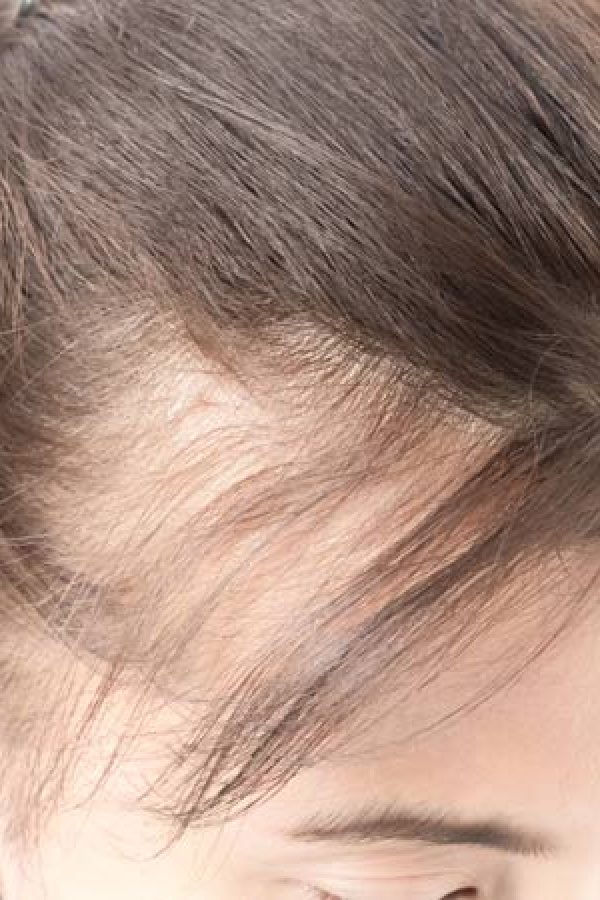Medrose Medical Center | Barsha Heights, Tecom
Hair loss, also known as alopecia, refers to the partial or complete loss of hair from the scalp or other areas of the body. It can occur in both men and women and can be temporary or permanent, depending on the underlying cause.
Here are some common causes of hair loss
- Androgenetic AlopeciaAlso known as male or female pattern baldness, it is the most common cause of hair loss and is believed to be influenced by genetic factors and hormones.
- Telogen Effluvium: This type of hair loss occurs when there is a disruption in the hair growth cycle, causing more hair follicles to enter the resting phase (telogen) and eventually shed.
- Alopecia Areata: It is an autoimmune condition where the immune system mistakenly attacks the hair follicles, leading to hair loss in patches.
- Hormonal Changes: Hormonal imbalances caused by conditions like, childbirth, menopause, or thyroid disorders can contribute to hair loss.
- Medical Conditions: Certain medical conditions, such as scalp infections, skin disorders (e.g.,psoriasis), and underlying health conditions (e.g., diabetesو, iron and some vitamins deficiency) can cause hair loss.
- Iron deficiency anemia: is a common cause of hair loss, especially in women of reproductive age. Due to blood loss during the menstrual cycle. It is important to diagnose and treat iron deficiency anaemia to address the issue of hair loss. Doctors may recommend iron supplements and dietary modifications to increase iron intake. They may also guide women on menstrual management methods to reduce menstrual blood loss and, therefore, decrease iron deficiency and hair loss.
- Medications and Treatments: Some medications, including chemotherapy drugs, antidepressants, and blood thinners, may cause hair loss as a side effect.

Treatment Options
- Treating any underlying and curable cause of hair loss can indeed yield positive results. However, it’s important to note that the regrowth and improvement of hair may need time and patience. Hair growth is a slow process, and it may take several months before visible changes are noticeable.
- Medications: FDA-approved medications like minoxidil and finasteride can help slow down hair loss and promote regrowth in some cases.
- Hair Transplantation: This surgical procedure involves transplanting hair follicles from a donor area to the thinning or balding areas of the scalp.
- Laser Therapy: Low-level laser therapy (LLLT) devices emit red light to stimulate hair growth and can be used at home or in a clinical setting.
- Platelet-Rich Plasma (PRP) Therapy: It involves injecting the patient’s own platelet-rich plasma into the scalp to stimulate hair growth its called PRP for hair treatment in dubai.
- Scalp Micropigmentation: This technique involves tattooing tiny dots on the scalp to mimic the appearance of hair follicles and create the illusion of a full head of hair.
- Wigs and Hairpieces: These non-surgical options can provide immediate coverage and help individuals manage the aesthetic impact of hair loss.
It is essential to consult with your doctor to determine the underlying cause of hair loss and identify the most appropriate treatment options based on individual circumstances.
Looking for effective PPR for hair treatment in Al Barsha Heights, Tecom, Dubai?
Contact us at 055-263-3890 to schedule your consultation and discover our advanced hair loss solutions. Let us help you find the right treatment to restore your hair and boost your confidence with PRP for hair treatment in dubai.

